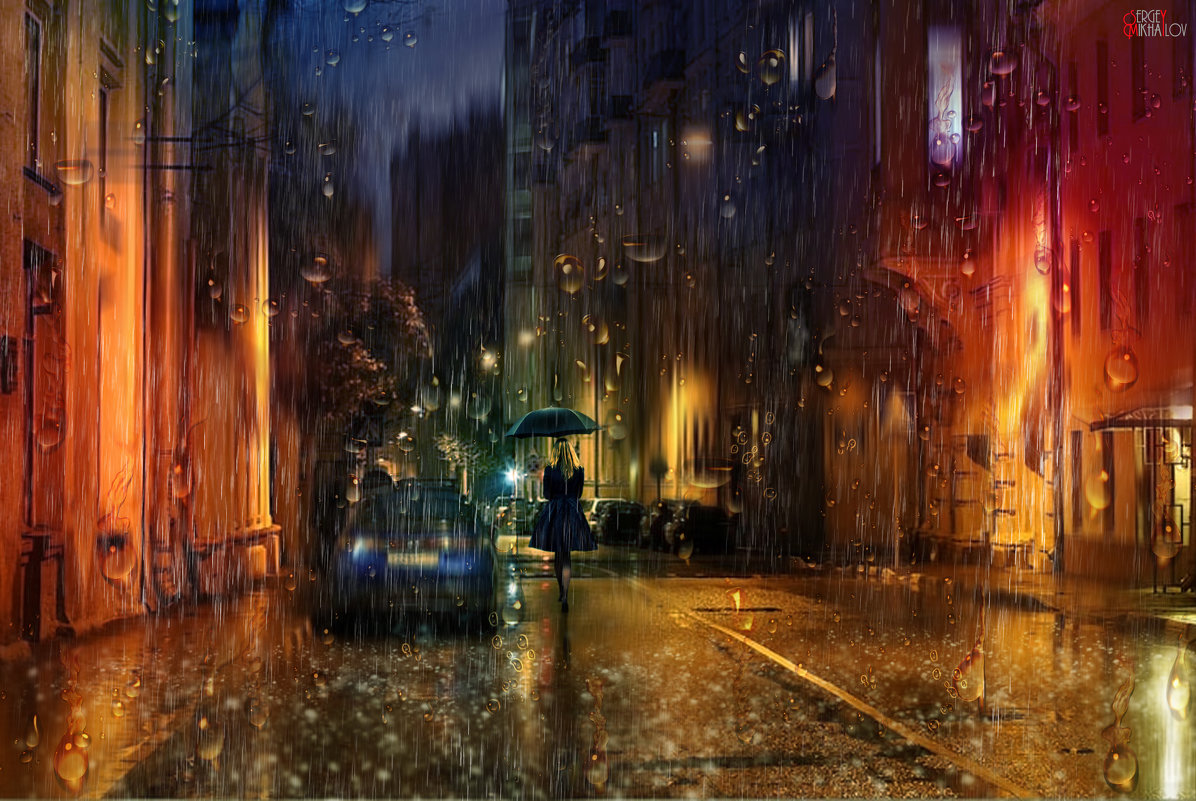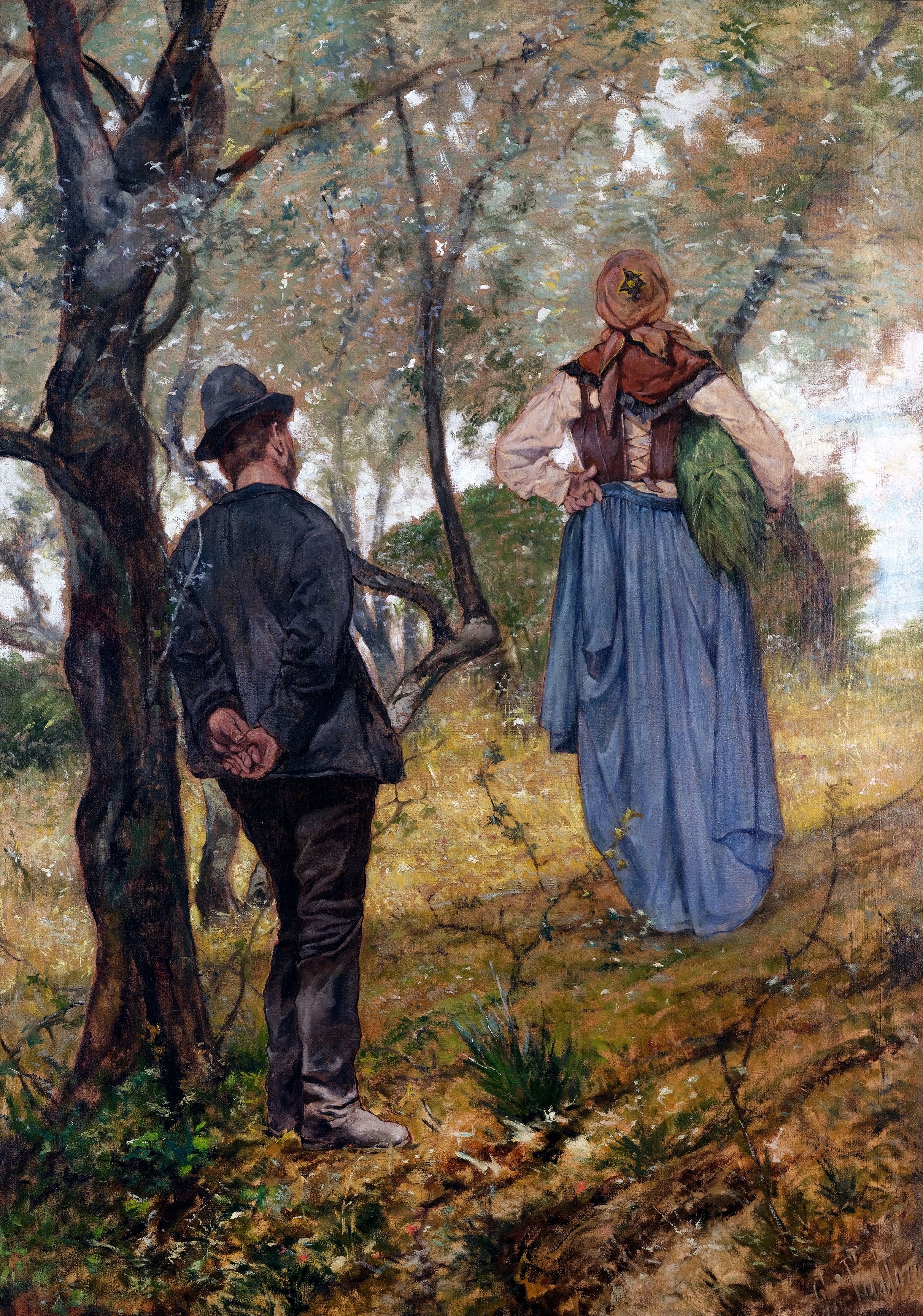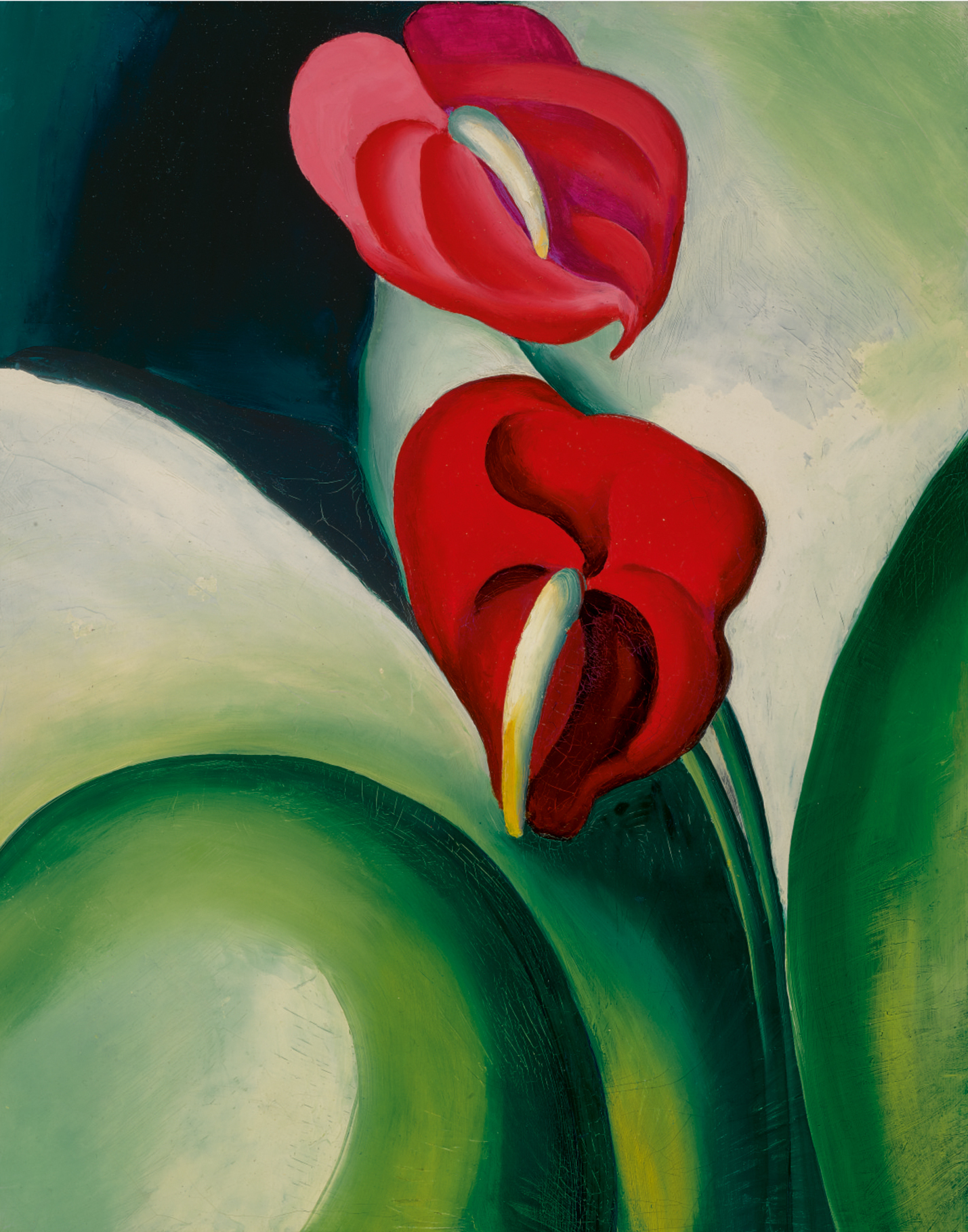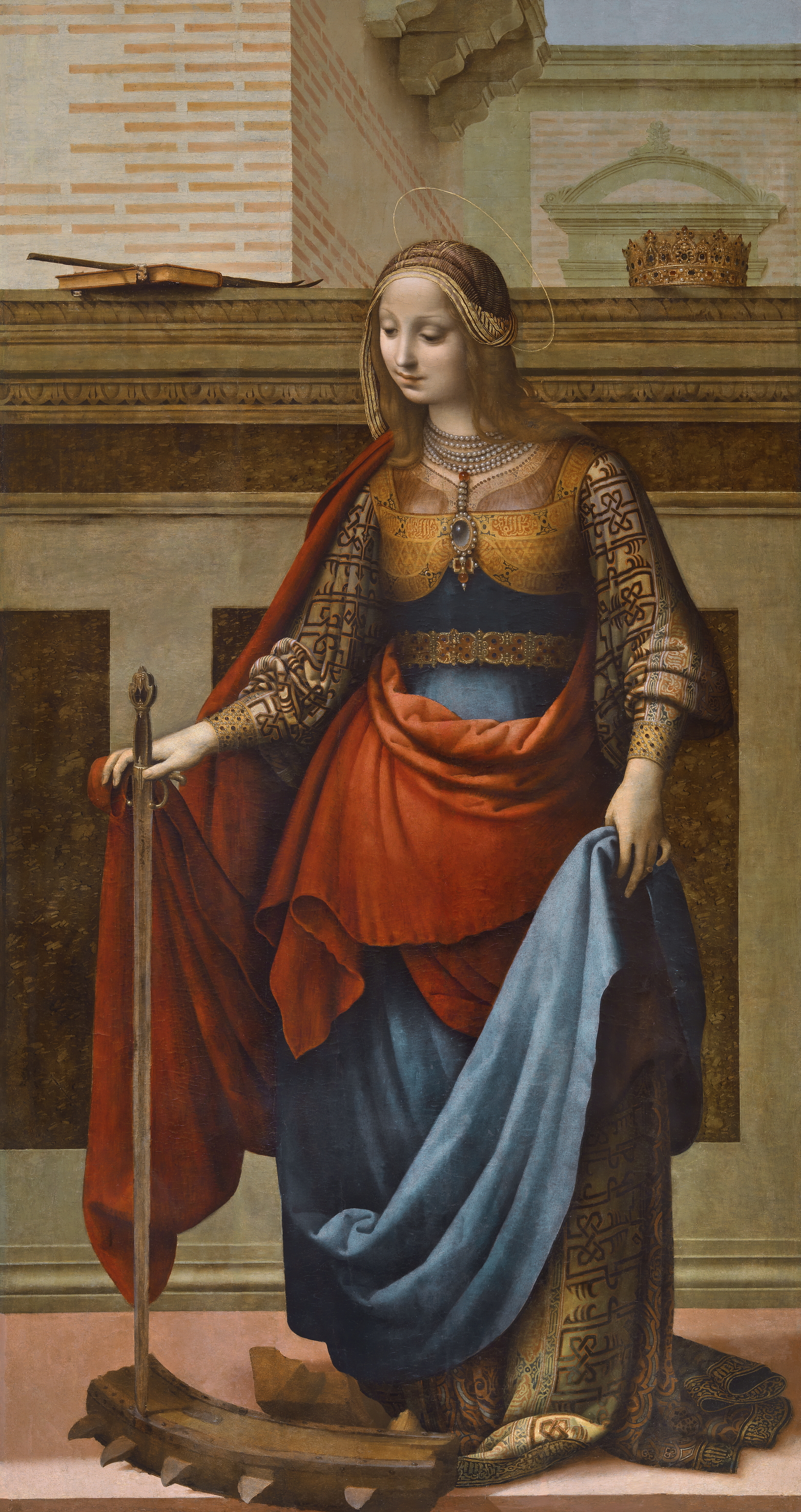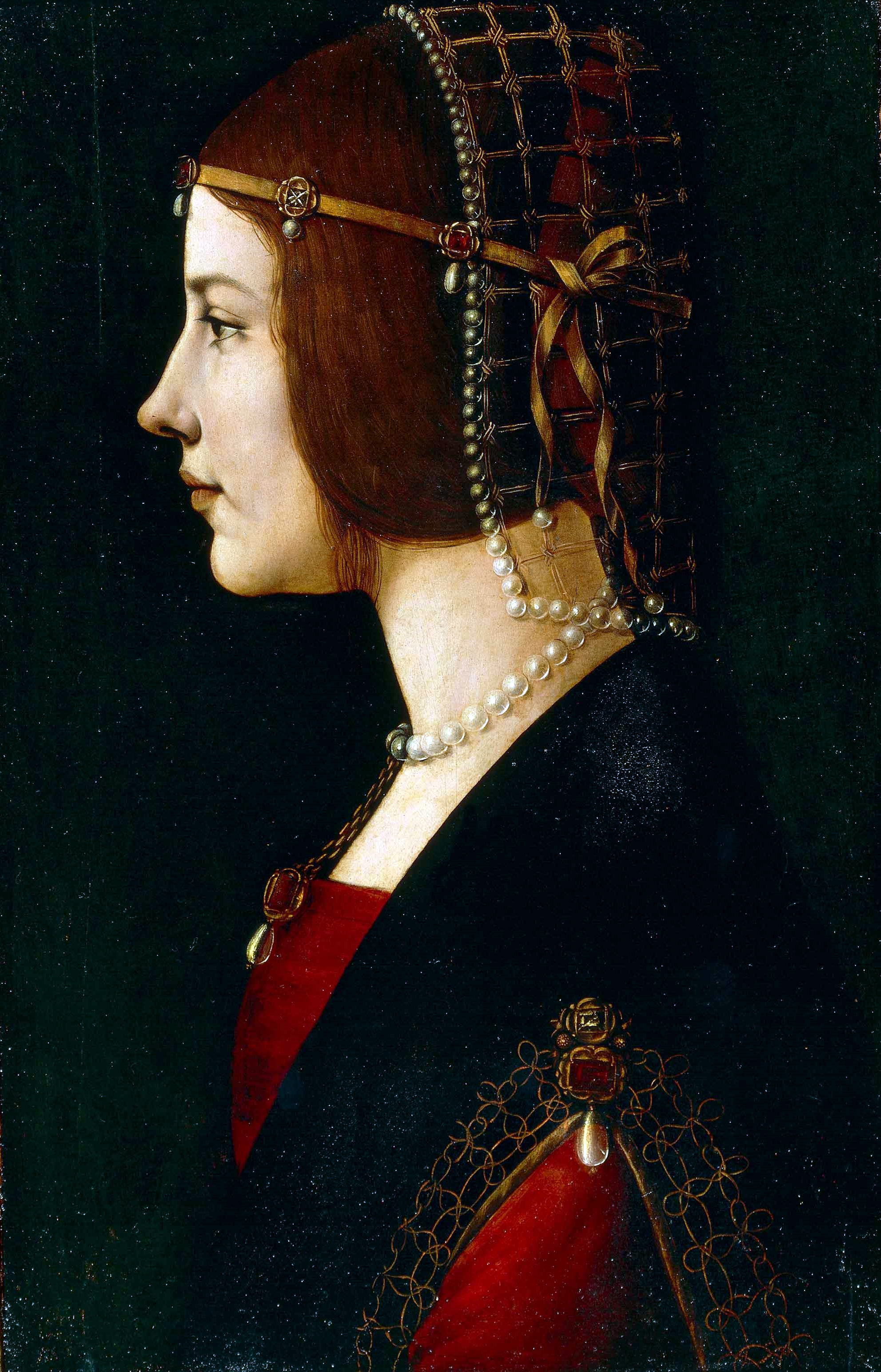Eduard Gordeev / Эдуард Гордеев, nato nel 1968 a Leningrado, è un fotografo Russo.
Gordeev è un avvocato di professione, ma il suo amore per la fotografia lo ha reso un vero fotografo professionista.
È un grande fan del tempo inclemente e dell'architettura antica.
Eduard Gordeev vive a San Pietroburgo.
Nel suo modo acquarello-surrealistico, fotografa varie città sotto la pioggia, ed in particolare la sua nativa ed amata San Pietroburgo.

